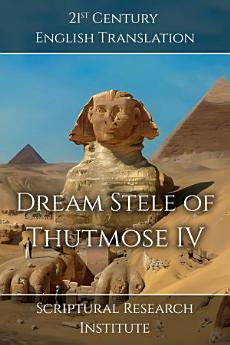Thutmose IV inherited the New Kingdom at its peak when his father Amenhotep II died. Amenhotep II had likewise inherited a strong empire from his father Thutmose III, and had organized a peace treaty with the Mitanni Empire to the north. Thutmose IV took the peace treaty one step further and married a Mitannian princess to secure a peaceful northern border. He is most famous for his activities at the great sphinx of Giza, and the Dream Stele he erected beneath its head. There is debate about why he erected the Dream Stele, and some Egyptologists have suggested it was intended as propaganda to validate his seizing the throne instead of it falling to his elder brother, as it states that the great god Haremakhet-Khepri-Ra-Atum spoke to him in a dream, in the form of the great sphinx, and promised he would be the king one day. It seems extremely unlikely that Amenhotep II would have allowed him to erect the stele while he was still alive, as Thutmose IV was not his chosen heir, and it is therefore assumed that he erected it after assuming the kingship.One of the things that Thutmose IV is most famous for, is digging the sphinx's body out of the sand that had filled the sphinx enclosure, which early Egyptologists interpreted as digging the enclosure itself and creating the sphinx's body. This is no longer the accepted reading of the Dream Stele, and it is now believed Thutmose IV merely restored the sphinx's body. Nevertheless, if the sphinx's enclosure was filled with sand, then the sphinx temple and the neighboring red granite temple must have also been filled with sand, and so Thutmose IV must have uncovered more than just the Great Sphinx. Unfortunately, the lower section of the Dream Stele is damaged, and so we do not know how it ended. Egyptologists generally assume it was a list of donations that Thutmose IV made to various temples, which would be consistent with other steles and biographies from the time.









